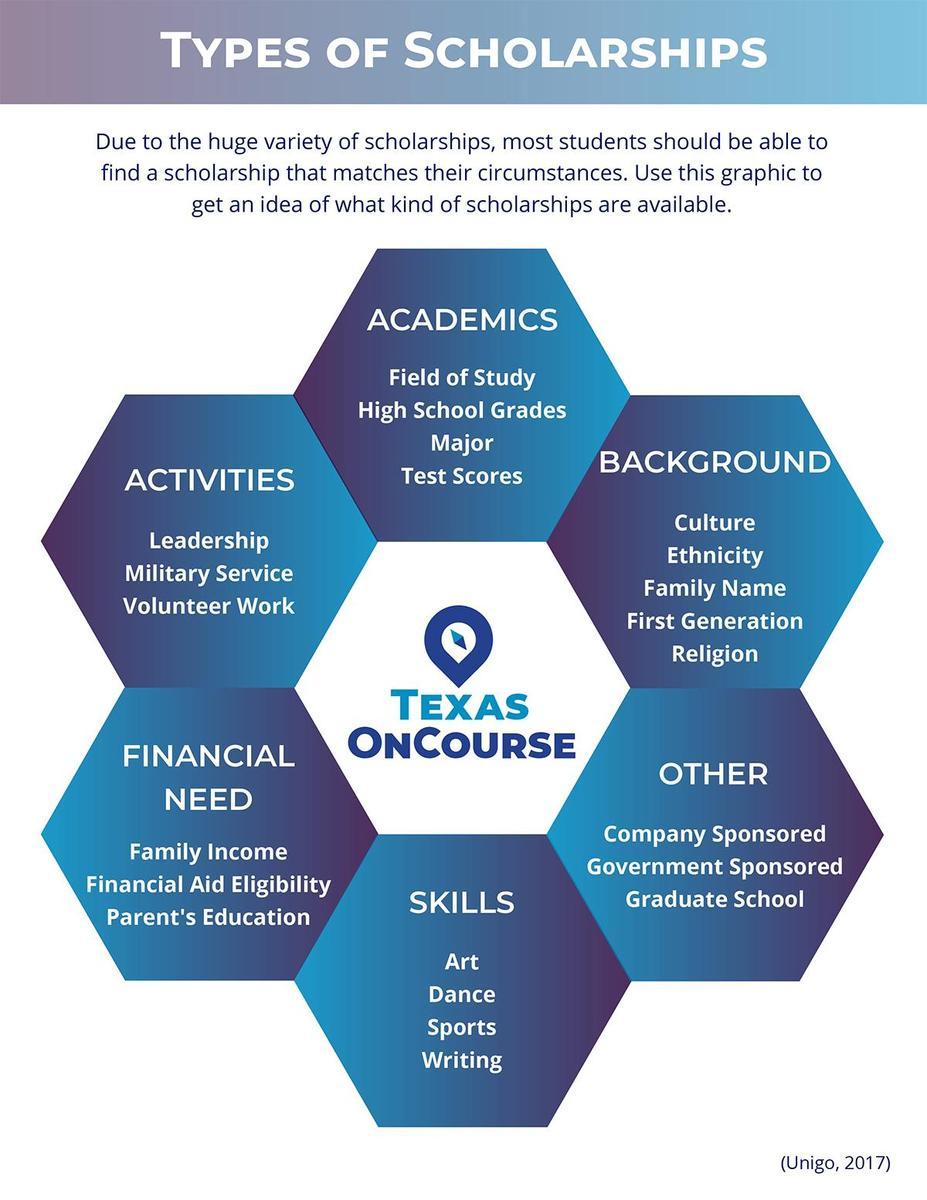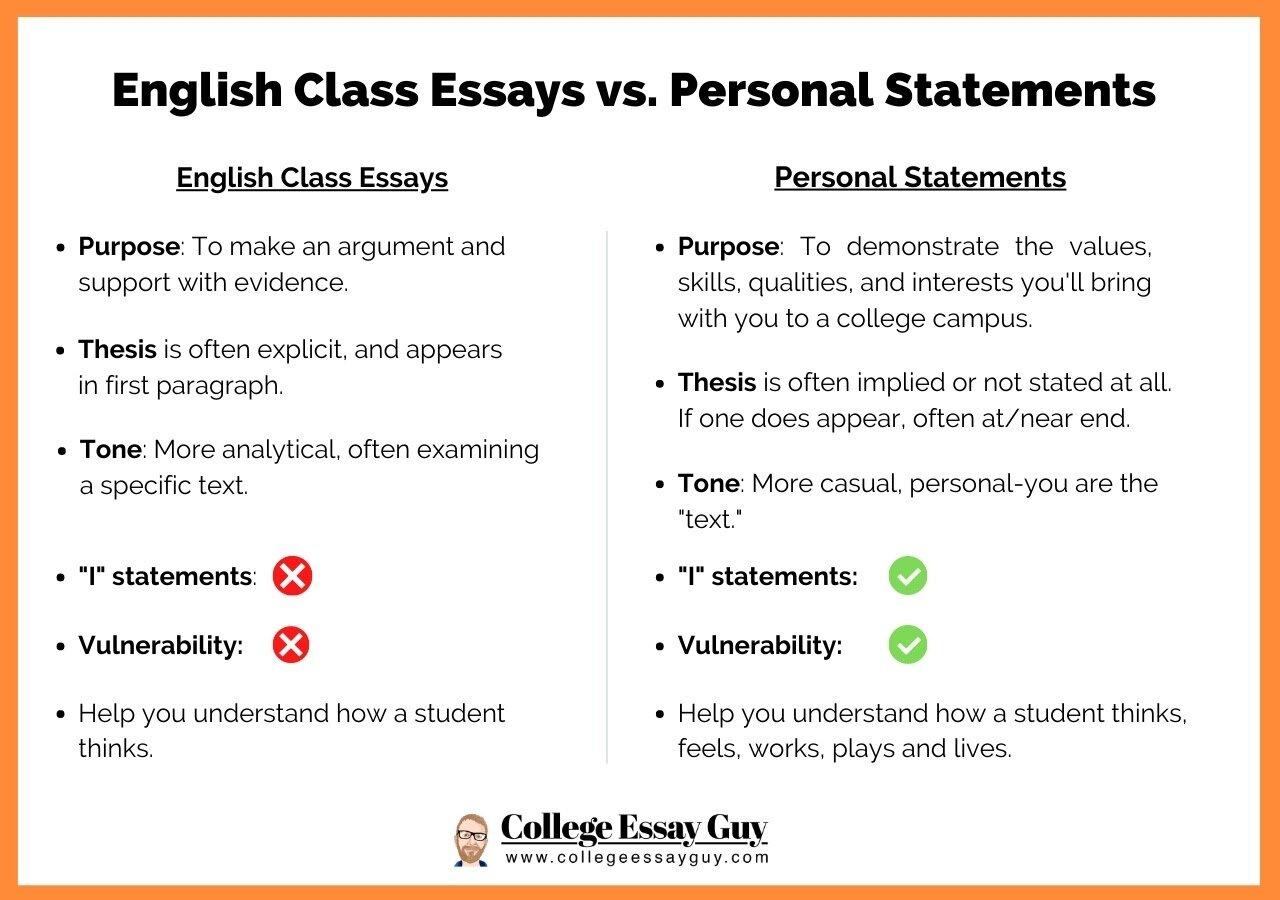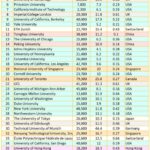Now Reading: Step-by-Step Guide to Applying for Scholarships Successfully
-
01
Step-by-Step Guide to Applying for Scholarships Successfully
Step-by-Step Guide to Applying for Scholarships Successfully
In a world where education frequently enough comes with a hefty price tag, the pursuit of knowledge can feel daunting.However, the quest for funding doesn’t have to be overwhelming.Scholarships are not just financial lifelines; they are gateways to opportunities that can shape futures and unveil possibilities. Yet, despite their significance, manny students find themselves lost in the labyrinth of applications and eligibility requirements. This article aims to illuminate the pathway to scholarship success with a step-by-step guide designed to simplify the process. From identifying the right scholarships to mastering the art of the personal statement, we will equip you with the tools you need to navigate this essential journey with confidence and clarity. Join us as we explore the strategies and insights that can turn your scholarship dreams into reality.
Understanding Scholarship Types and Eligibility Criteria
When diving into the world of scholarships, it’s crucial to familiarize yourself with the different types available. Scholarships can generally be categorized into several main types, including:
- Merit-Based Scholarships: Awarded based on academic, artistic, or athletic achievements.
- Need-Based Scholarships: given to students demonstrating financial need,often requiring proof of income or financial challenges.
- Field-Specific Scholarships: Targeted at students pursuing a particular area of study,such as STEM,arts,or humanities.
- Demographic-Based Scholarships: Designed for specific groups,including minorities,women,or first-generation collage students.
Eligibility criteria vary widely based on the scholarship type, making it essential to carefully review each scholarship’s requirements before applying. Common criteria may include:
- GPA Requirements: Many scholarships require a minimum grade point average for eligibility.
- Test Scores: Standardized test scores (like SAT or ACT) may be necessary for certain merit-based awards.
- Essay Submissions: Applicants may need to submit personal statements or essays explaining their goals and motivations.
- Letters of Recommendation: Some scholarships ask for references from teachers or community leaders attesting to the applicant’s character.
| Scholarship Type | Typical Eligibility Criteria |
|---|---|
| Merit-Based | High GPA,accolades in academics or sports |
| Need-Based | Financial documentation,family income |
| Field-Specific | Pursuing related major,project submissions |
| Demographic-Based | Eligibility based on identity,community service |

Crafting an Impressive Personal Statement and Resume
When crafting a personal statement, it’s essential to reflect your unique experiences and aspirations. Start by providing a compelling introduction that captivates the reader’s attention, followed by a narrative that highlights your academic journey, including challenges you have overcome and key achievements. Consider including the following aspects:
- Your passion for your field of study: Explain what sparked your interest and how it has evolved.
- Relevant experiences: Describe internships, volunteer work, or projects that have equipped you with the skills needed for success.
- Future goals: Articulate your ambitions and how the scholarship will help you achieve them.
For your resume,focus on presenting a clean and professional layout that highlights your qualifications effectively. Use clear headings and concise bullet points to make it easy to read. Essential components include:
| Section | details |
|---|---|
| Contact Facts | Include your name,email,and phone number at the top. |
| Education | List your degrees, institutions, and graduation dates in reverse chronological order. |
| Skills | highlight key skills relevant to your desired scholarship or program. |
| Experience | Detail work history and accomplishments that align with your goals. |

Navigating the Application Process with Confidence
Embarking on the scholarship application journey might seem daunting, but with the right strategy, you can approach it with ease and assurance. First, research various scholarship opportunities tailored to your field of study or personal interests. compile a list of scholarships, noting their eligibility criteria, deadlines, and required materials. This organized approach allows you to prioritize applications based on submission dates and your readiness. Connect with educational advisors or peers who have successfully navigated this landscape; their insights can provide clarity and motivation as you launch into your applications.
When preparing your application, pay meticulous attention to detail. Follow instructions closely and ensure your documents, such as personal statements and letters of recommendation, are polished and tailored specifically to each scholarship.Utilize tools like checklists or planner apps to keep track of your progress. Additionally, consider creating a table to summarize your scholarship applications, helping you visualize your progress:
| Scholarship Name | Deadline | Status |
|---|---|---|
| Future leaders Scholarship | March 1, 2024 | In Progress |
| STEM Achievement Grant | April 15, 2024 | Not Started |
| Arts & Culture Award | February 20, 2024 | Completed |
As you finalize your applications, don’t hesitate to seek feedback from trusted mentors or friends. Their fresh eyes can catch errors you might overlook and provide valuable suggestions to enhance your narrative. Remember to stay positive; each application is a step towards achieving your academic and career goals. With dedication and a methodical approach, you’ll find yourself more than equipped to tackle the scholarship application process head-on.

Strategies for Follow-Up and Interview Preparation
Once you have submitted your scholarship applications,it’s essential to keep the momentum going with effective follow-up strategies. Reaching out to the scholarship committees or organizations can set you apart from the crowd. Consider sending a polite email expressing your gratitude for the prospect to apply, while also inquiring about the status of your application. Here are some strategies to consider:
- Timing is Key: Follow up approximately 2-4 weeks after the application deadline.
- Craft Thoughtful Messages: Personalize your emails to show genuine interest.
- Keep it Professional: Use a formal tone and proper etiquette to demonstrate your professionalism.
As you prepare for potential interviews that may arise from accomplished scholarship applications, focus on thorough preparation. Researching the scholarship and its values can provide insightful context for your responses. Key strategies include:
- Mock Interviews: Practice with friends or mentors to refine your delivery.
- Know Your Application: Be prepared to discuss your essays and achievements in detail.
- Anticipate Questions: Prepare answers to common questions related to your goals, motivations, and how the scholarship aligns with your aspirations.
| Preparation Day | Task | Timeframe |
| 1 Week Prior | Review application | 1 Day |
| 5 Days Prior | Research the Scholarship | 2 Days |
| 2 Days Prior | Mock Interview | 3 Days |
In Retrospect
as we draw the curtain on our step-by-step journey through the world of scholarship applications, we hope this guide has illuminated the path ahead, transforming what once felt like a daunting quest into a manageable endeavor. Every scholarship you encounter is not just an opportunity for financial support; it is a chance to showcase your story, your aspirations, and the potential you hold within.
Remember, the key to success lies not onyl in following the steps diligently but also in infusing your applications with authenticity and passion. Embrace the learning process, and don’t hesitate to seek support along the way—mentors, advisors, and peers can be invaluable allies in your pursuit.
As you prepare to embark on your own scholarship journey, carry with you the belief that your determination and preparation can unlock doors to countless opportunities. Every application is a building block toward your dreams, so take a deep breath, stay organized, and approach each opportunity with confidence. Your future awaits—go forth and seize it!

























